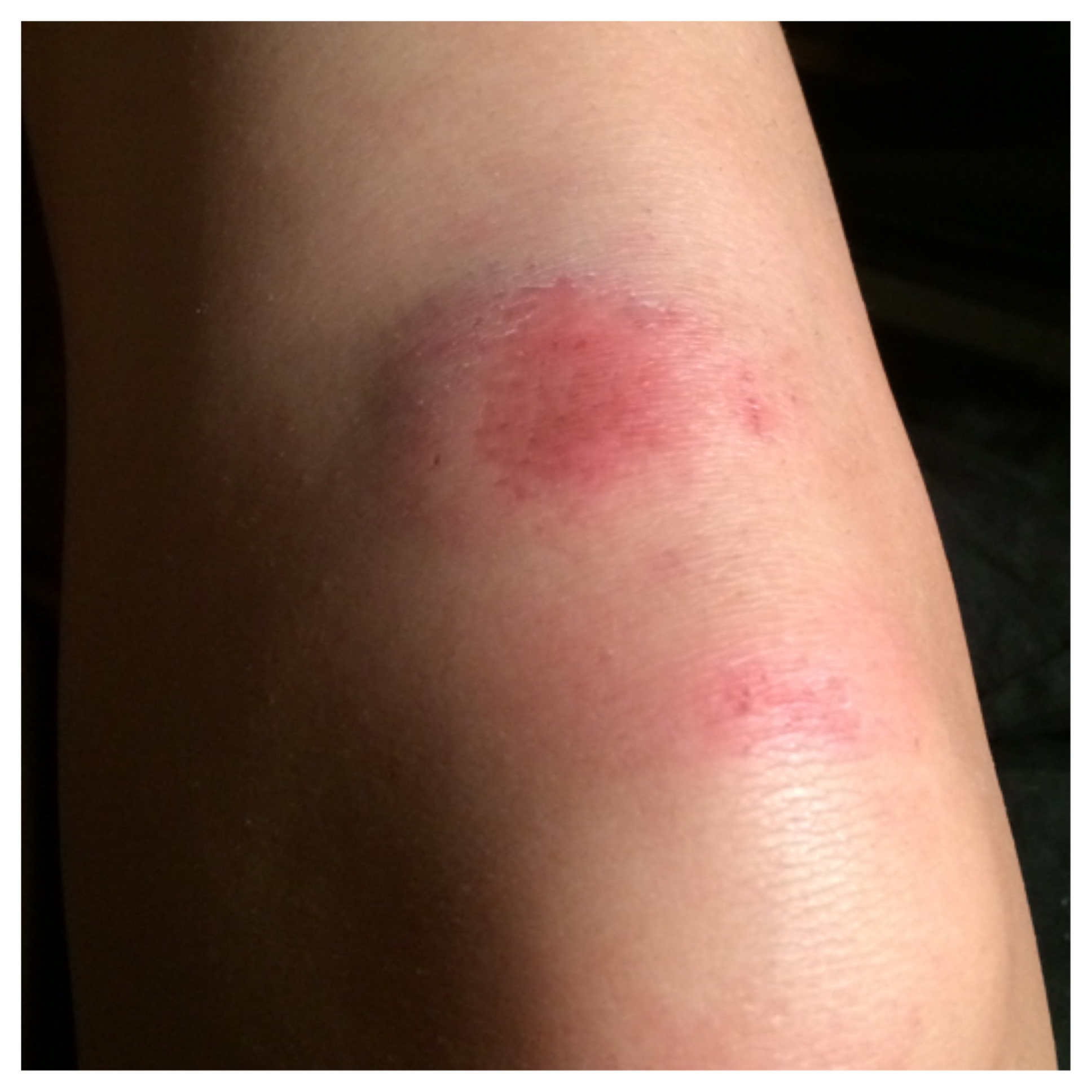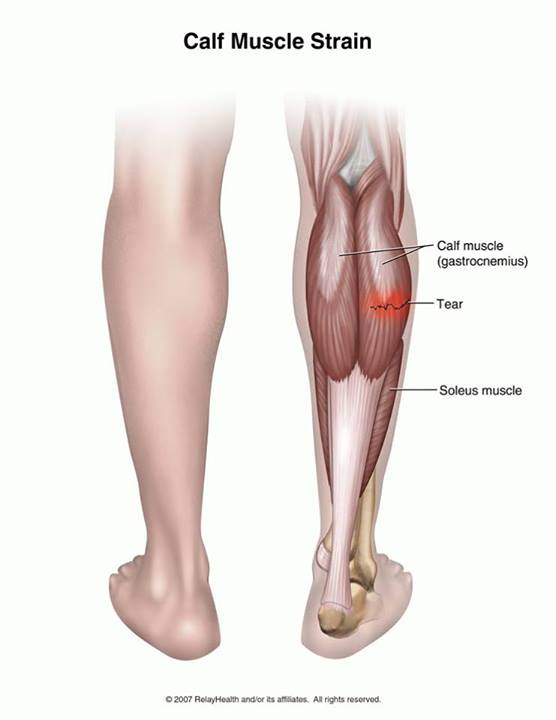What is physical therapy?
Physical therapy is a treatment program that helps decrease your pain and restore your strength and range of motion. Your healthcare provider may recommend physical therapy after an injury or surgery to help you fully recover. Physical therapy is also used to teach people how to move properly to prevent injuries.
What is a physical therapist?
A physical therapist is a healthcare professional that is an expert in treating muscle and skeletal problems that affect your ability to move and function in daily life. A physical therapist is trained in an accredited program within a college or university. They are required to be licensed in the state in which they practice.
What can I expect from physical therapy?
On your first visit the physical therapist will examine you and ask you about your health history and any problems you are having. The therapist will then do a series of tests and measures, such as checking your range of motion and strength. Once your problem has been identified, the therapist will discuss a care plan with you. Your care plan may include frequent visits with a physical therapist for weeks or months until you have reached your treatment goals.
There are several types of treatments that a physical therapist may give you. The treatments you have will depend on your problem or condition. During your visit, your physical therapist may do the following:
Physiotherapy treatments:
These treatments help increase your muscle and joint flexibility, decrease pain and swelling, and help wounds and injured tissues heal.
- Deep heating (using ultrasound and diathermy)
- Cold packs and ice massage
- Whirlpools and water therapy
- Hot packs and paraffin baths
- Electrotherapeutic treatments: These treatments are used to decrease pain, swelling, and muscle spasms, retrain and strengthen weak muscles, and help wounds and soft tissues heal.
These treatments include:
- Biofeedback (where you learn to control muscle or brain activity)
- Electrical muscle stimulation
- Transcutaneous electrical stimulation (TENS) (electrodes placed on your skin stimulate the nerves just below to help block the pain)
- Iontophoresis (medicine is put into the injured area using electrical current)
- Neuromuscular electrical stimulation (NMES)
- Manual therapy: Many treatments that fall under this term refer to any “hands-on” treatment provided by the therapist. The purpose is to increase your range of motion and strength and to decrease pain and swelling. Manual therapy techniques may include:
- Massage:movements that help your joints and soft tissues
- Therapeutic exercise: The goal of therapeutic exercise is to restore and maintain strength, joint and muscle flexibility, balance, coordination, posture, and endurance. Many physical therapy treatments include some form of exercise (such as riding a stationary bike).
- Mechanical traction: This treatment uses a machine to mildly separate the joints of the spine and reduces spinal compression. Traction is most often used for patients with neck or back pain.
Can physical therapy be painful?
While the overall goal of physical therapy is to reduce your pain, the process may sometimes be painful. It is important to tell your therapist if you have any pain or discomfort during or following treatment. Many therapists recommend the use of ice on the painful area immediately after doing any exercise.
How long will I go to physical therapy?
How often you see a physical therapist will depend on your specific condition and your individual goals. It is important at the start of physical therapy to let your therapist know what activities you would like to return to. It is also important to note that physical therapy may continue on an ongoing basis in the form of a home exercise program. Many patients are discharged from physical therapy with instructions to continue with particular exercises at home. These exercises may play an important role in preventing your injury from happening again.
Do I need a referral for physical therapy?
In most cases, a healthcare provider will refer you to physical therapy. In some states, you have direct access to physical therapy and do not need a referral. It’s a good idea to check with your insurance company to determine the coverage for physical therapy.








